OpenAI’s Sora app will now let you turn almost anything into a reusable avatar for its AI-generated videos. These “character cameos” are one of several new features that have been added to the Sora 2 video generator, alongside clip…
Blog
-
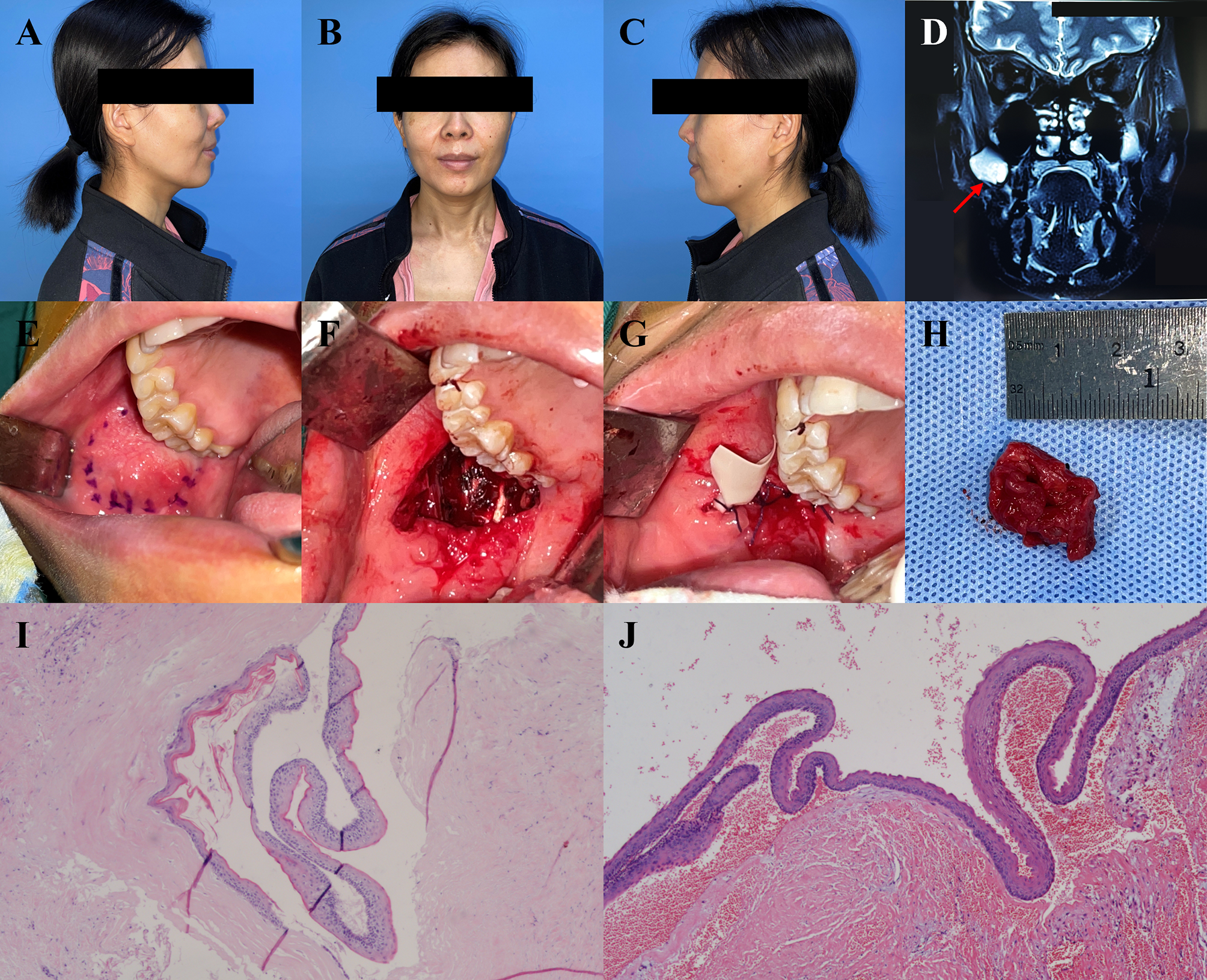
Clinical manifestations and treatment of peripheral odontogenic keratocysts: two cases and a literature review | Orphanet Journal of Rare Diseases
POKC is a particular type of OKC. Investigating the origin of POKC is critical, and its origin may potentially be deduced based on that of OKC. The most common theory suggests that OKCs arise from remnants of the dental lamina, which maintain…
Continue Reading
-
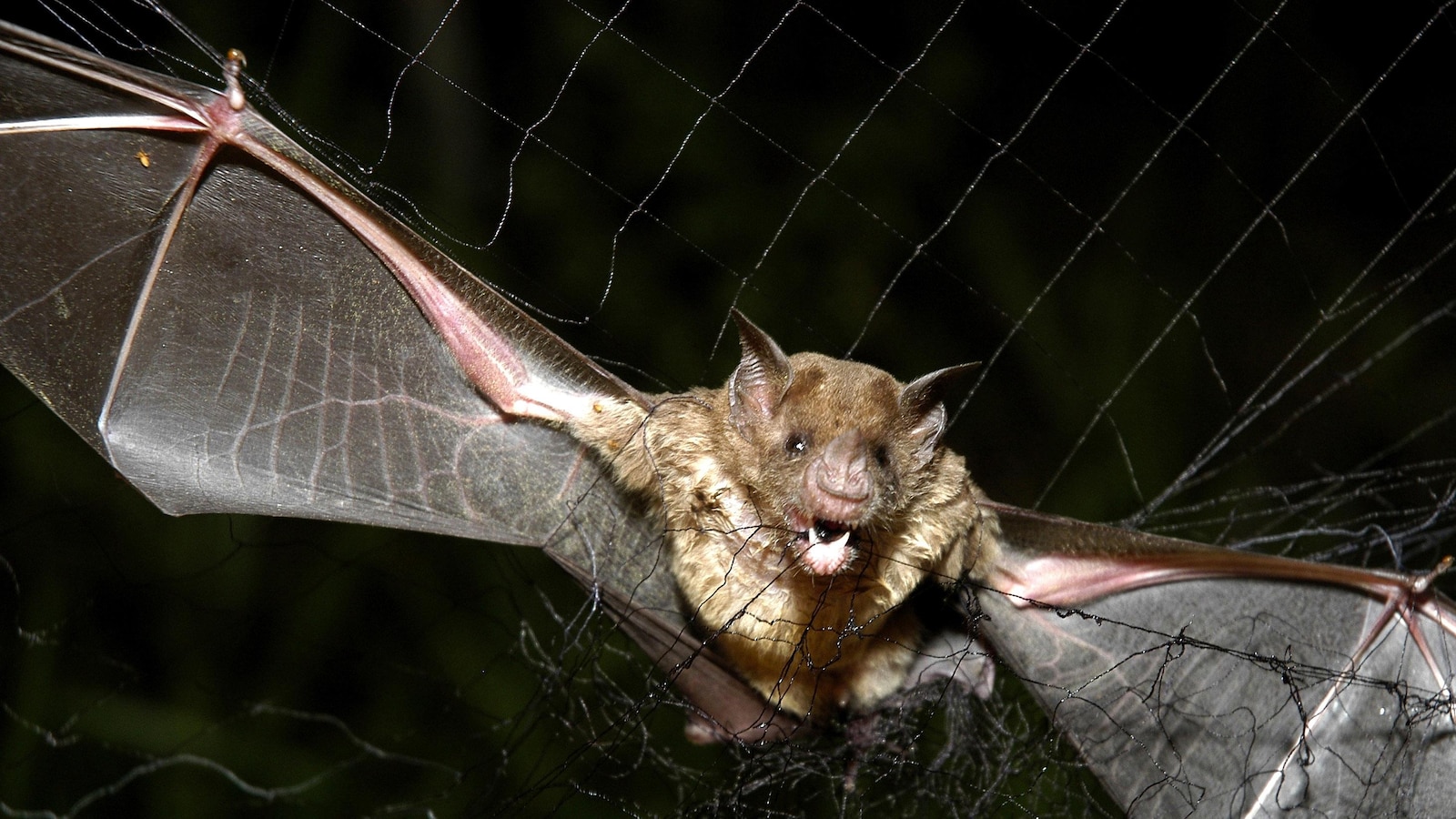
How tiny drones inspired by bats could save lives in dark and stormy conditions
WORCESTER, Mass. — Don’t be fooled by the fog machine, spooky lights and fake bats: the robotics lab at Worcester Polytechnic Institute lab isn’t hosting a Halloween party.
Instead, it’s a testing ground for tiny drones that can be deployed in search and rescue missions even in dark, smoky or stormy conditions.
“We all know that when there’s an earthquake or a tsunami, the first thing that goes down is power lines. A lot of times, it’s at night, and you’re not going to wait until the next morning to go and rescue survivors,” said Nitin Sanket, assistant professor of robotics engineering. “So we started looking at nature. Is there a creature in the world which can actually do this?”
Sanket and his students found their answer in bats and the winged mammal’s highly sophisticated ability to echolocate, or navigate via reflected sound. With a National Science Foundation grant, they’re developing small, inexpensive and energy-efficient aerial robots that can be flown where and when current drones can’t operate.
Last month, emergency workers in Pakistan used drones to find people stranded on rooftops by massive floods. In August, a rescue team used a drone to find a California man who got trapped for two days behind a waterfall. And in July, drones helped find a stable route to three mine workers who spent more than 60 hours trapped underground in Canada.
But while drones are becoming more common in search and rescue, Sanket and researchers elsewhere want to move beyond the manually operated individual robots being used today. A key next step is developing aerial robots that can be deployed in swarms and make their own decisions about where to search, said Ryan Williams, an associate professor at Virginia Tech.
“That type of deployment — autonomous drones — that is effectively nil,” he said.
Williams tackled that problem with a recent project that involved programming drones to choose search trajectories in coordination with human searchers. Among other things, his team used historical data from thousands of missing person cases to create a model predicting how someone would behave if lost in the woods.
“And then we used that model to better localize our drones, to search in locations with higher chances of finding someone,” he said.
At WPI, Sanket’s project addresses other limitations of current drones, including their size and perception capabilities.
“Current robots are big, bulky, expensive and cannot work in all sorts of scenarios,” he said.
By contrast, his drone fits in the palm of his hand, is made mostly from inexpensive hobby-grade materials and can operate in the dark. A small ultrasonic sensor, not unlike those used in automatic faucets in public restrooms, mimics bat behavior, sending out a pulse of high-frequency sound and using the echo to detect obstacles in its path.
During a recent demonstration, a student used a remote control to launch the drone in a brightly lit room and then again after turning off all but a faintly glowing red light. As it approached a clear, Plexiglas wall, the drone repeatedly halted and backed away, even with the lights off and with fog and fake snow swirling through the air.
“Currently, search and rescue robots are mainly operational in broad daylight,” Sanket said. “The problem is that search and rescues are dull, dangerous and dirty jobs that happen a lot of times in darkness.”
But development didn’t go completely smoothly. The researchers realized that the noise of the bat robot’s propellers interfered with the ultrasound, requiring 3D printed shells to minimize the interference. They also used artificial intelligence to teach the drone how to filter and interpret sound signals.
Still, there’s a long way to go to match bats, which can contract and compress their muscles to listen only to certain echoes and can detect something as small as a human hair from several meters away.
“Bats are amazing,” Sanket said. “We are nowhere close to what nature has achieved. But the goal is that one day in the future, we will be there and these will be useful for deployment in the wild.”
Continue Reading
-
Qatar’s PM blames Palestinians for ceasefire violation after attack on Israeli soldier – Dawn
- Qatar’s PM blames Palestinians for ceasefire violation after attack on Israeli soldier Dawn
- Qatar PM: Palestinian party violated ceasefire, Doha is pushing Hamas to acknowledge need to disarm The Times of Israel
- FO condemns Israel for violating…
Continue Reading
-
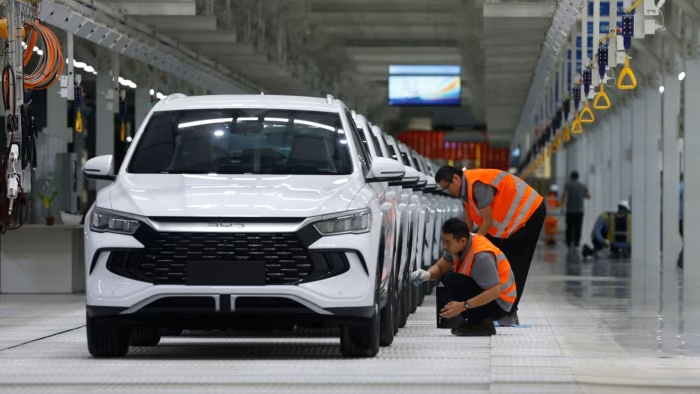
BYD profit falls 33% as Chinese EV maker doubles down on overseas markets
Stay informed with free updates
Simply sign up to the Electric vehicles myFT Digest — delivered directly to your inbox.
BYD’s profits declined 33 per cent in the third quarter, highlighting the urgency of the Chinese electric vehicle maker’s overseas push following Beijing’s campaign against aggressive competition in the domestic sector.
BYD has become the world’s largest and fastest-growing producer of EVs and the chief global rival to Elon Musk’s Tesla. But the third-quarter results show a continued slowdown for the group after a period of breakneck growth.
The Shenzhen-based group on Thursday reported net income of Rmb7.8bn ($1.1bn), compared with Rmb11.6bn from the same period last year. The result fell short of analysts’ expectation of Rmb9.6bn, but was an improvement from Rmb6.36bn in the second quarter.
The company’s stock hit a record high in May after it made breakthrough announcements on battery charging and driverless technology, but second-quarter earnings came in lower than expected, hit by Beijing’s crackdown on aggressive discounting and supplier payment practices. Share have fallen more than 30 per cent from the May peak.
BYD remains the dominant EV force at home, selling about 30 per cent of new EVs so far this year, but it faces intensifying competition from local rivals such as Geely.
These pressures have forced BYD to double down on plans to rapidly expand sales abroad. Along with factories in Brazil, Hungary, Indonesia, Thailand, Turkey and Uzbekistan, it is constructing a fleet of eight purpose-built vessels to ship its cars.
Still, analysts expect BYD to announce further technological breakthroughs in the coming months, including an EV powered by a semi-solid-state battery. The technology, in which the battery’s electrolyte is a gel-like material rather than liquid, promises to increase energy density.
BYD is also testing “gigacasting”, a manufacturing process pioneered by Tesla in which vehicles are pressed with 9,000 tonnes of pressure to cast the underbody. The company said the process would remove the need to install 72 components and make vehicles lighter.
Analysts said they expected a design revamp in 2026, as Chinese consumers have grown weary of the brand’s signature “dragon face” design, which has been in use for seven years.
“This is a more fundamental cause of BYD’s challenges this year,” said Feng Xiao, co-head of China industrial research at CLSA. “BYD is redesigning the look of its cars.”
Revenue for the July to September quarter came in at Rmb195bn, down 3 per cent from the previous corresponding period and below the Rmb216bn forecast by analysts.
Gross margin was 17.6 per cent, up from 16.27 per cent in the previous quarter but still off the 21.89 per cent reported in the third quarter last year. The margin improvement reflects a higher share of premium models in the company’s product mix, including from overseas markets.
BYD’s exports in the first nine months of the year rose 14 per cent to 705,000 cars, according to data from Automobility, a Shanghai-based consultancy, putting it on track to achieve its forecast of 800,000 to 1mn overseas deliveries this year.
The group, which has forecast total sales of 4.6mn this year, has a long-term annual sales target of 10mn cars, with half coming from outside China.
China overtook Japan in 2023 as the world’s biggest car exporter following a boom in shipments of traditional cars with internal combustion engines to developing countries.
But the export mix is shifting, with battery-only and plug-in hybrid vehicles accounting for 35 per cent of shipments so far this year, up from about 20 per cent in 2023 and 2024.
BYD is the biggest driver of this change, capturing about 40 per cent of China’s total EV exports.
Continue Reading
-

Lankum announce new single, Specials cover ‘Ghost Town’ – Rough Trade Records
Watch the Leonn Ward directed video here
12” vinyl single out in January
LISTEN / WATCH
Rough Trade Records are excited to announce a new stand-alone single by Lankum. Originally created for an Oona Doherty dance show ‘Specky…
Continue Reading
-

Android XR Smart Glasses: What to Look Out For in 2026
Android XR (powered by Google, Samsung and Qualcomm) has proved its worth within extended reality as a pivotal driving force. With Samsung Galaxy XR’s release in October receiving critical acclaim, few…
Continue Reading
-
BorgWarner Battery System to Power HOLON’s Autonomous Shuttle
- First autonomous vehicle equipped with BorgWarner battery technology
- Marks first contract BorgWarner has secured with HOLON, a company of the BENTELER Group
- Battery system features the latest generation cell chemistry and benchmark-setting energy density
Auburn Hills, Michigan, October 30, 2025 – BorgWarner, a global product leader in delivering innovative and sustainable mobility solutions, has secured a contract to supply its battery system to the all-new HOLON urban, a 15-person, Level 4 autonomous, fully electric shuttle. The contract marks BorgWarner’s first supply of battery technology for autonomous vehicles produced in North America.
BorgWarner will supply its lithium nickel manganese cobalt oxide (NMC) 5AKM 157 cylindrical cell (CYC) battery system for the HOLON urban. Each vehicle will feature two battery packs, each equipped with an integrated, replaceable contactor box and a multi-pack controller. The 57 kWh battery packs incorporate a modular design with cylindrical NMC cells, which offer the latest generation cell chemistry and benchmark-setting energy density. Additionally, BorgWarner’s NMC battery system is protected by a robust stainless steel battery case and uses a compact, active liquid cooling system.
“BorgWarner has extensive experience with smart and integrated battery management systems and excels in energy density, scalability and robust safety certifications – all key components to this exciting new application,” said Henk Vanthournout, Vice President of BorgWarner Inc. and President and General Manager, Battery and Charging Systems. “Working with an innovator like HOLON is a great fit for our team. They aim to provide safe, sustainable and inclusive transportation solutions, aligning with our overall sustainability strategy and vision to create a clean, energy-efficient world.”
BorgWarner leveraged their battery pack know-how to design a pack that fits the customer’s space and performance needs of the HOLON urban. The pack features the latest BorgWarner-developed software and proven multi-pack controller, which meets cybersecurity and functional safety requirements.
Flavio Friesen, VP Engineering at HOLON confirms: “BorgWarner is a strong fit for HOLON: their battery platform combines benchmark energy density with robust safety, cybersecurity, and serviceability. The modular, liquid-cooled two-pack system integrates perfectly with our shuttle’s packaging and uptime requirements, supporting not only our North American rollout, but also the demands in Europe and the Middle East regions.”
BorgWarner’s battery system is Buy America compliant and satisfies the Foreign Entity of Concern (FEOC) restriction, further supporting its contract with HOLON. Manufacturing is scheduled to start in Q2 2027 in Seneca, South Carolina.
Continue Reading
-
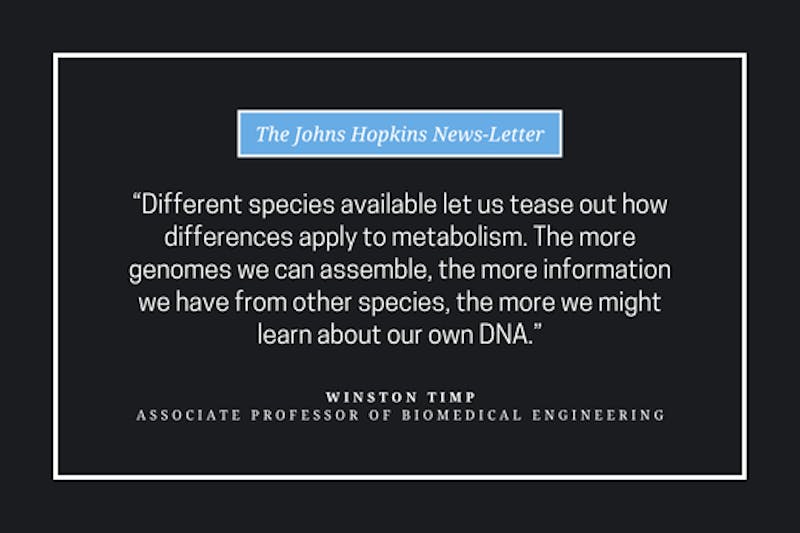
Nanopores, hummingbirds and pies at the Timp Lab
What if we could trace the origins of disease back to just four letters — the DNA base — and even correct them at the molecular level?
Genomic research is entering a new era, driven by rapid advancements in sequencing…
Continue Reading
-
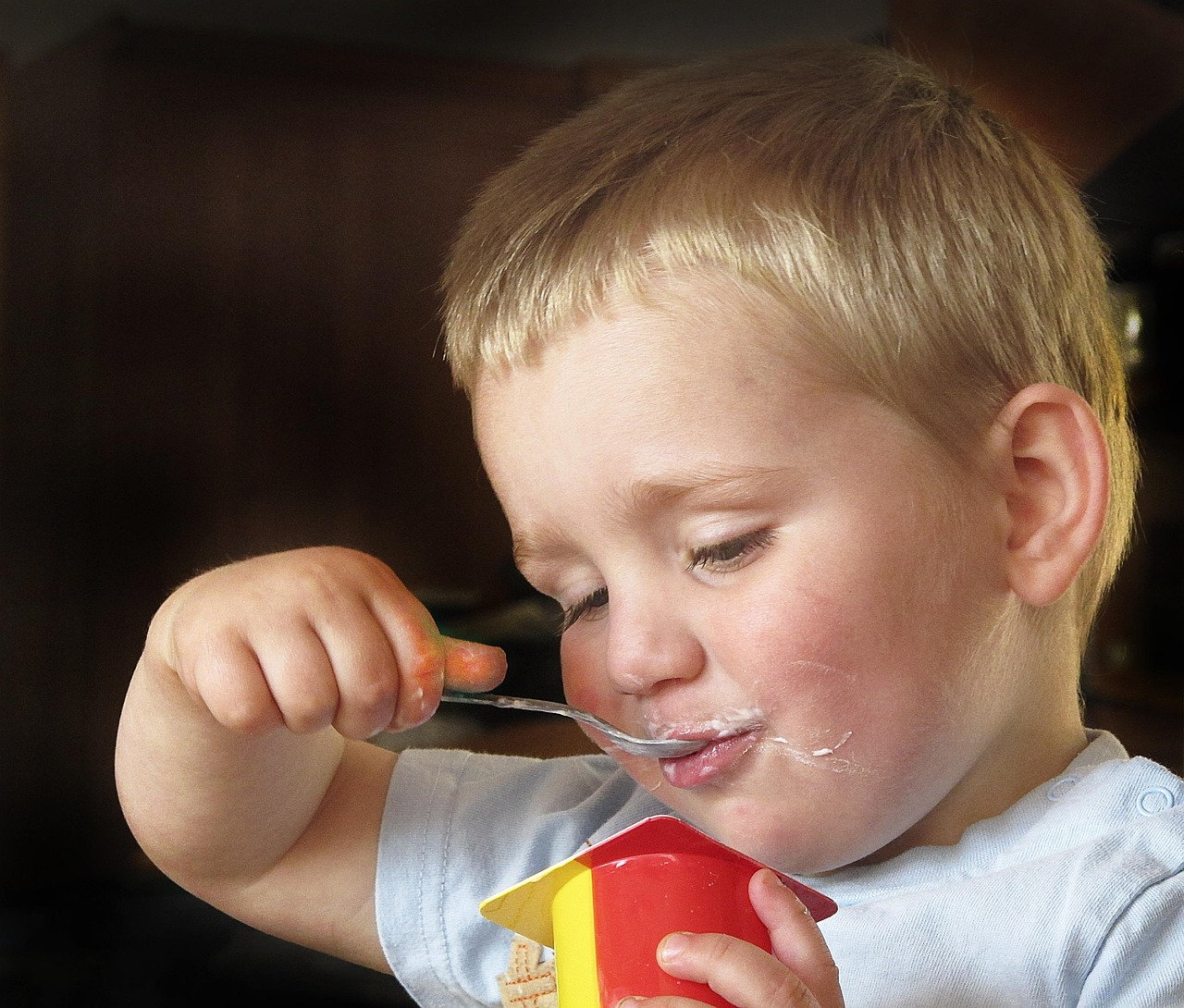
How fortified dairy can help close the nutrient gap in children’s diets
As governments tighten regulations on childhood obesity and parents seek healthier, non-HFSS choices, the importance of early nutrition has never been clearer. Antoine Hours, general manager at Yoplait UK, discusses how fortified dairy products…
Continue Reading
